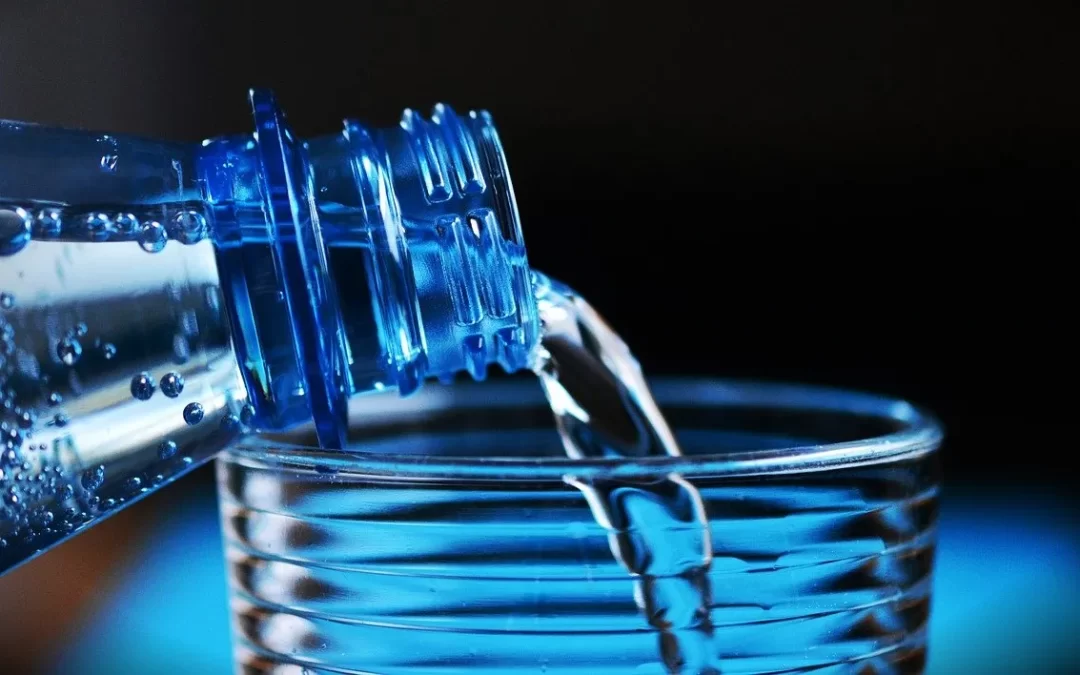Tornadoes are violent winds that create a funnel underneath a storm system. As the winds rotate, they often pick up speed, and eventually, they form what is called a funnel cloud — a column of water droplets, dust and other debris with a tapered shape extending from the base of a thunderstorm.
This is a pretty weighty concept to explain to kids, though. It’s much easier to simply let kids observe a tornado, seeing how the winds move and what happens when it starts to die down.
Of course, it’s not safe to take your kids to see a real tornado, so how about the next-best thing? Make a tornado in a bottle. This experiment allows children to mimic the patterns of this weather occurrence without facing any of the dangers a real tornado brings.
Tornado in a Bottle Materials Needed
To perform this experiment, you will need:
- A plastic or glass bottle with a narrow top and a cap, such as a clean soda or iced tea bottle
- Water
- Funnel
- Dish soap
- Glitter
How to Perform the Tornado in a Bottle Experiment
Add water to the bottle until it is filled up to about two inches from the top. Add two squirts of dish soap. Finish it off with a pinch of glitter. Screw the top back onto the bottle.
Turn the bottle upside down. Grasping it by the neck, twirl it in a circular pattern as fast as you can. Stop after about 20 seconds and hold the bottle. You will see a swirling funnel of glitter that looks like a tornado. Have your child watch as it continues to spin in the direction you were moving the bottle.
It may take a couple of tries to get the tornado to function correctly. Once it does, explain to your child why this is happening to help them understand the forces at play with a real tornado.
What Makes the Water Spin?
The water in the bottle is responding to centripetal force, a force that acts on a body moving in a circular motion. The motion is directed toward the center, which is also referred to as the vortex. This is what catches the glitter and makes it move.
Have your child do variations on the experiment, and note whether they make a similar tornado. Have them move the bottle in the opposite direction. Then have them move the bottle up and down. Ask them to predict before they make the movement whether another tornado will form.
Tell your child about other vortexes in nature. Examples include hurricanes and tornadoes that form over rivers, lakes or other bodies of water, which are called waterspouts. See if they can come up with any other places a vortex might occur.
Enjoy Other Weather Experiments for Kids
If your child can’t get enough of the tornado in a bottle, you can also turn them on to other weather experiments. We hold them regularly at our science summer camps and after-school science clubs that take place throughout Pennsylvania, New Jersey, Delaware and Maryland. Contact us to learn more about them.

